Follow the Advocate on Twitter @GSA_Advocate
Award could grow the aquaculture industry to $1.85 billion in 10 years
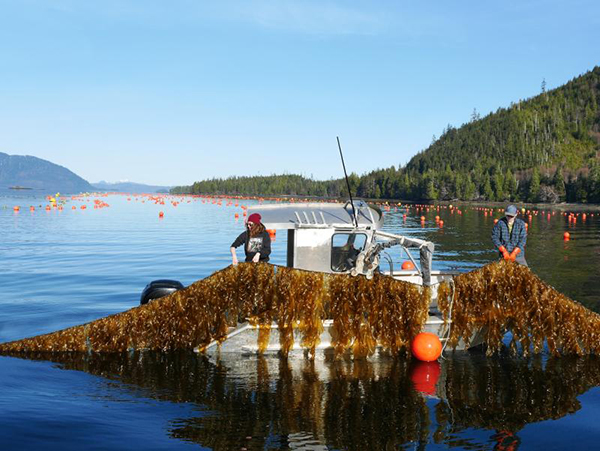
As part of the Build Back Better Regional Challenge, the Alaska Mariculture Cluster has won nearly $49 million in grants to support the local Alaska mariculture industry. This will enable shellfish and seaweed aquaculture to expand in the state. The Alaska Mariculture Cluster is one of 21 winners throughout the country that were chosen based on their ability to transform their region’s economy.
“The Alaska Mariculture Cluster was chosen due to Alaska’s existing mariculture labor force, abundant coastline for growing shellfish and seaweed and unique focus on Indigenous and rural representation,” according to the National Oceanic and Atmospheric Administration (NOAA). “The region is well-positioned to meet domestic and international aquaculture needs but has lacked the initial capital investment. The grant will secure Alaska’s future in mariculture development, furthering ingenuity and best practices in the industry.”
The Alaska Mariculture Cluster is part of the Southeast Conference Coalition – the state and federally-designated regional economic development organization for Southeast Alaska. The Cluster will also partner with Sealaska, an Alaska Native Corporation representing more than 23,000 Tlingit, Haida and Tsimshian stakeholders. The Cluster will distribute 50 percent of the award to underserved communities, with a quarter of the total funds going to Indigenous communities in Alaska.
“Mariculture provides an opportunity during new resource development to address the inequities [faced by many Alaska Native villages] by prioritizing tribal and Alaska Native leadership, ownership and participation in mariculture, as well as providing services such as training, financing, and other business development to support equitable opportunity,” wrote the Alaska Mariculture Cluster Overarching Narrative.
Mariculture is currently a $1.5 million industry in Alaska, but the award to the Southeast Conference could grow the industry to encompass more than $1.85 billion in a decade. With more than 35,000 miles of coastline, NOAA said that Alaska is ideally situated for “unlimited opportunities” in aquaculture. This award will allow coastal industries the chance to foster mariculture growth throughout the region.
Now that you've reached the end of the article ...
… please consider supporting GSA’s mission to advance responsible seafood practices through education, advocacy and third-party assurances. The Advocate aims to document the evolution of responsible seafood practices and share the expansive knowledge of our vast network of contributors.
By becoming a Global Seafood Alliance member, you’re ensuring that all of the pre-competitive work we do through member benefits, resources and events can continue. Individual membership costs just $50 a year.
Not a GSA member? Join us.
Author
Tagged With
Related Posts
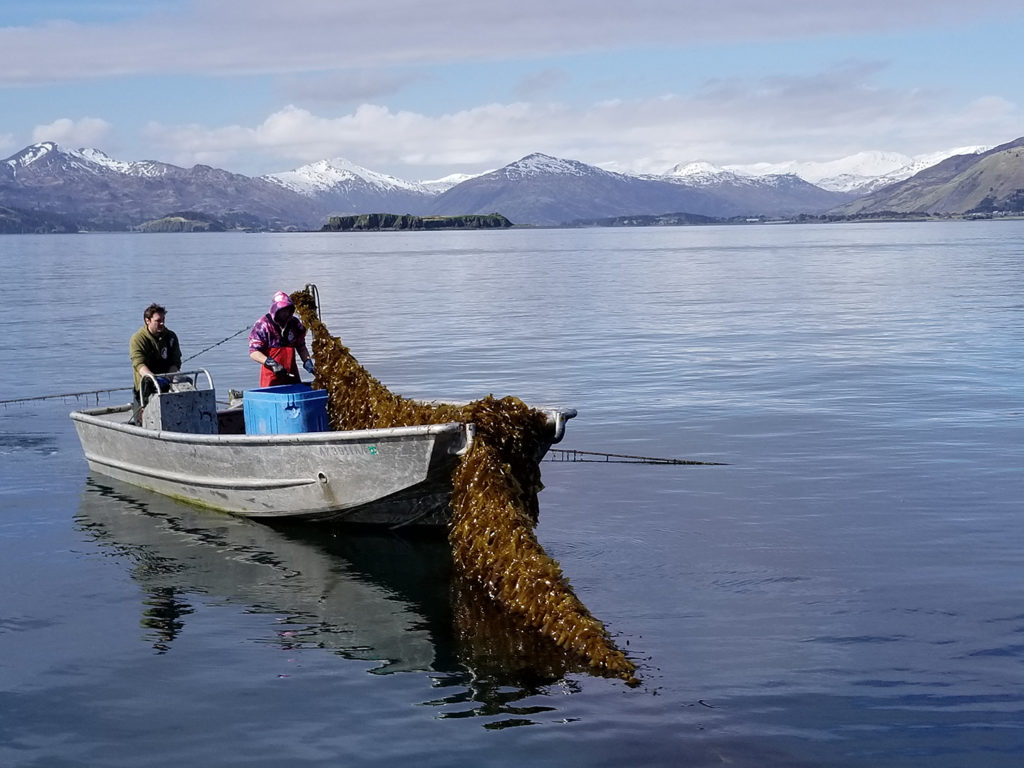
Responsibility
With entrenched aquaculture views, Alaska weighs its future in farming
The word aquaculture is a dirty one in Alaska, where finfish farming is firmly prohibited. But if your farm fits a certain description, permits to proceed can indeed be obtained.
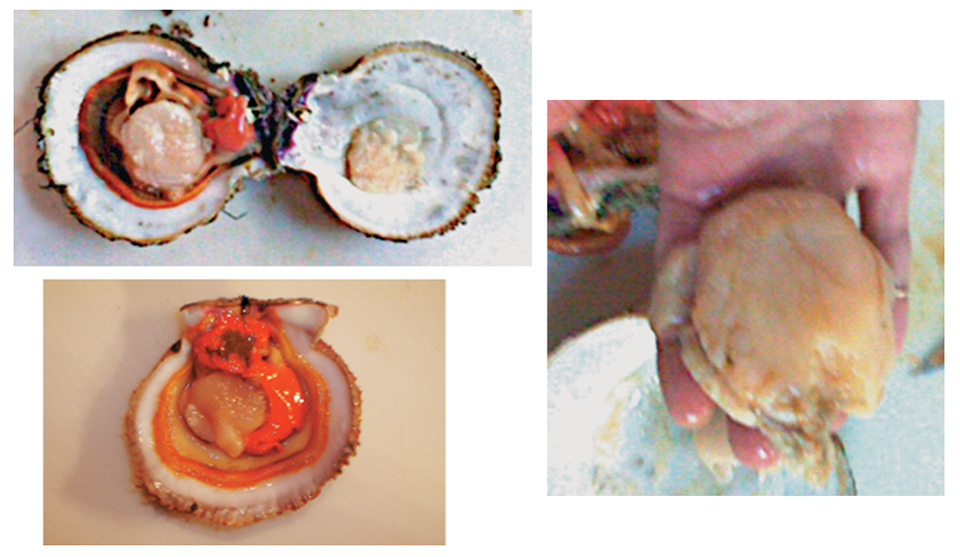
Health & Welfare
Alaska’s purple-hinge rock scallops considered for aquaculture development
Purple-hinge rock scallops are highly prized by local communities and harvested for subsistence in coastal Alaska. To evaluate the suitability of purple-hinge rock scallops for mariculture in Alaska, the authors conducted a four-year grow-out study.
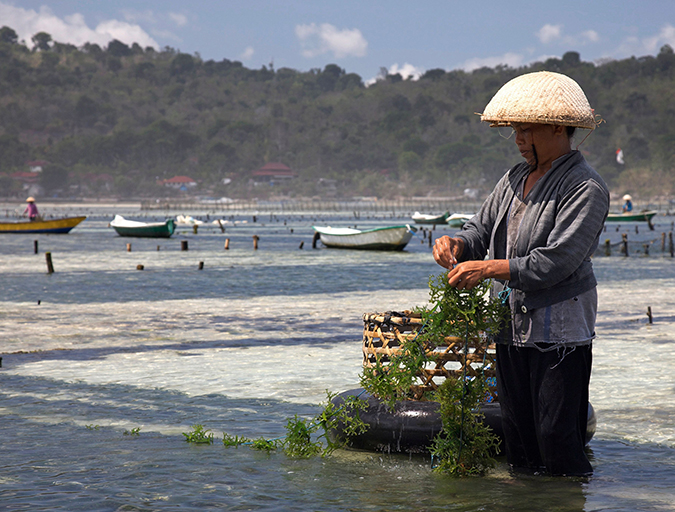
Responsibility
Expanding mariculture ‘vital’ to world’s food security, study finds
A new study has found that expanding mariculture will be “vital” to ensuring food security, but seafood's future hinges on climate action.
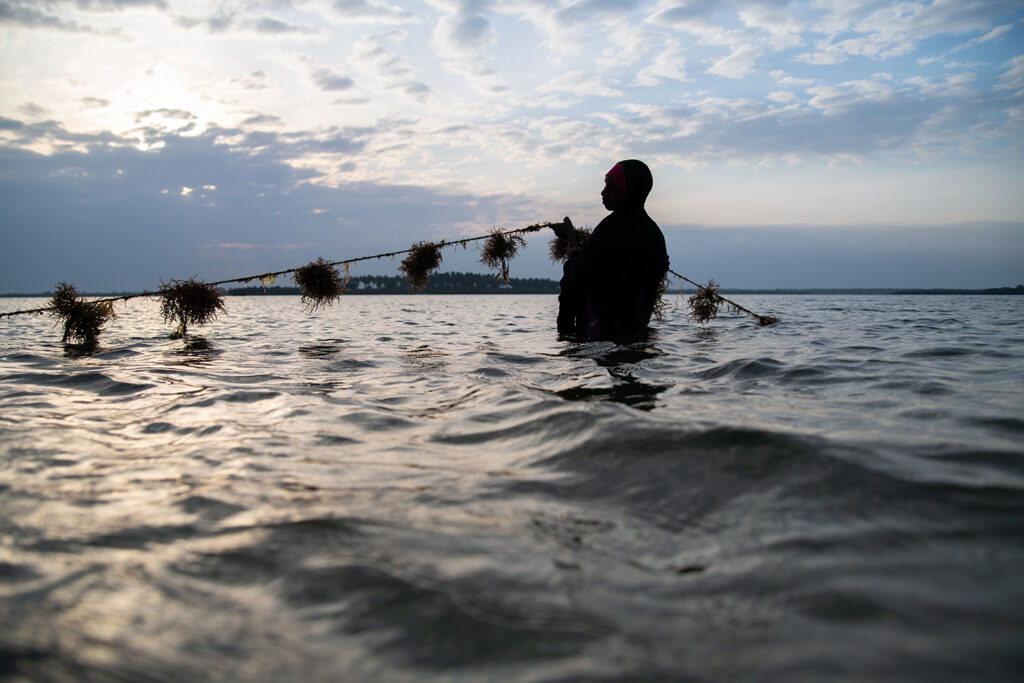
Responsibility
Climate change mitigation needs mariculture, new research concludes
NGO-academic collaborative study finds that mariculture “done right” can aid climate change mitigation by cutting greenhouse gas emissions.



